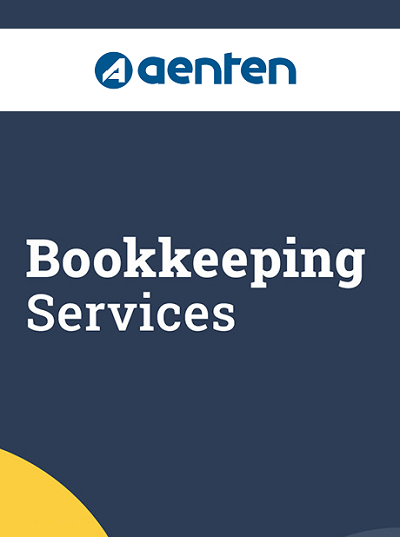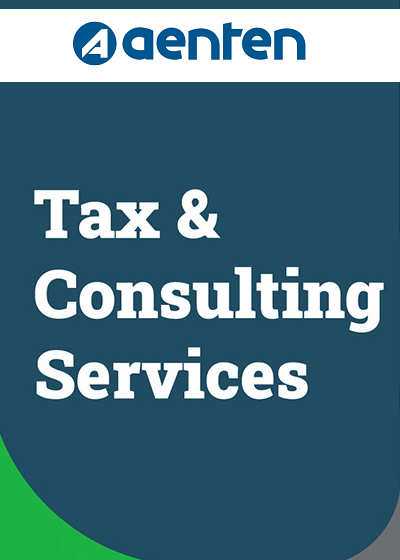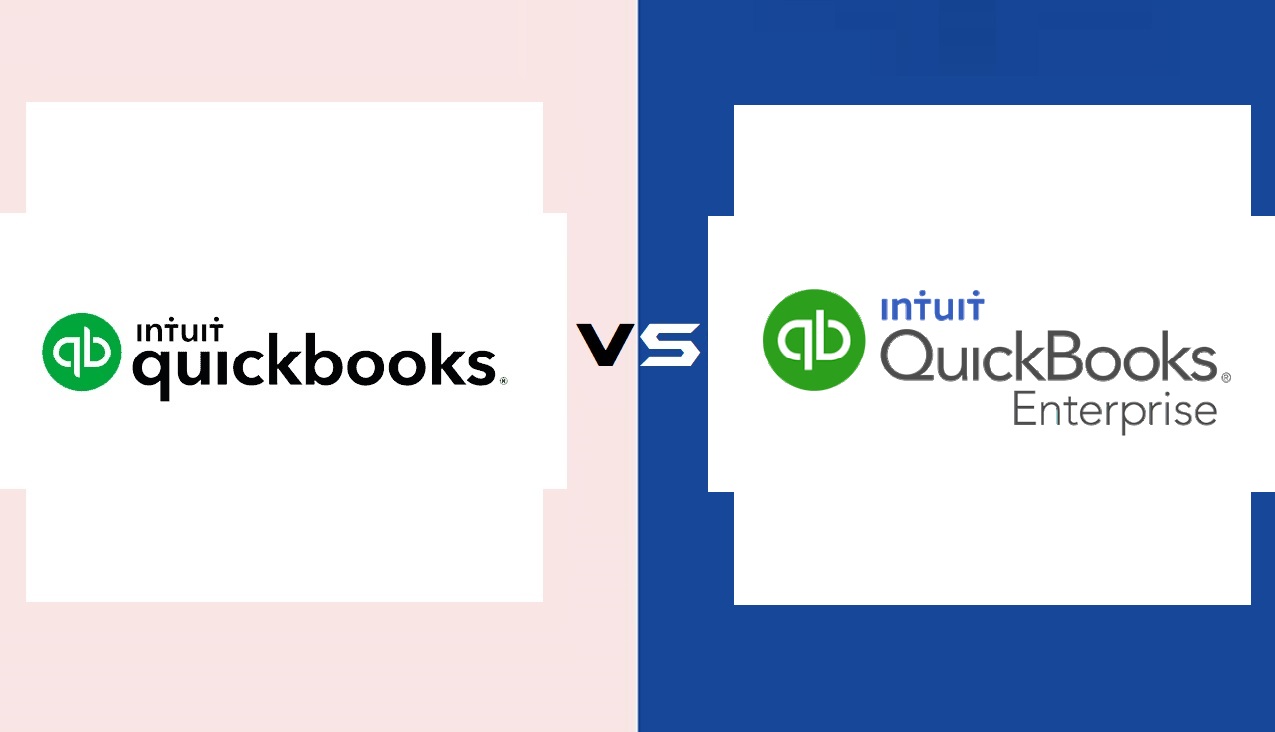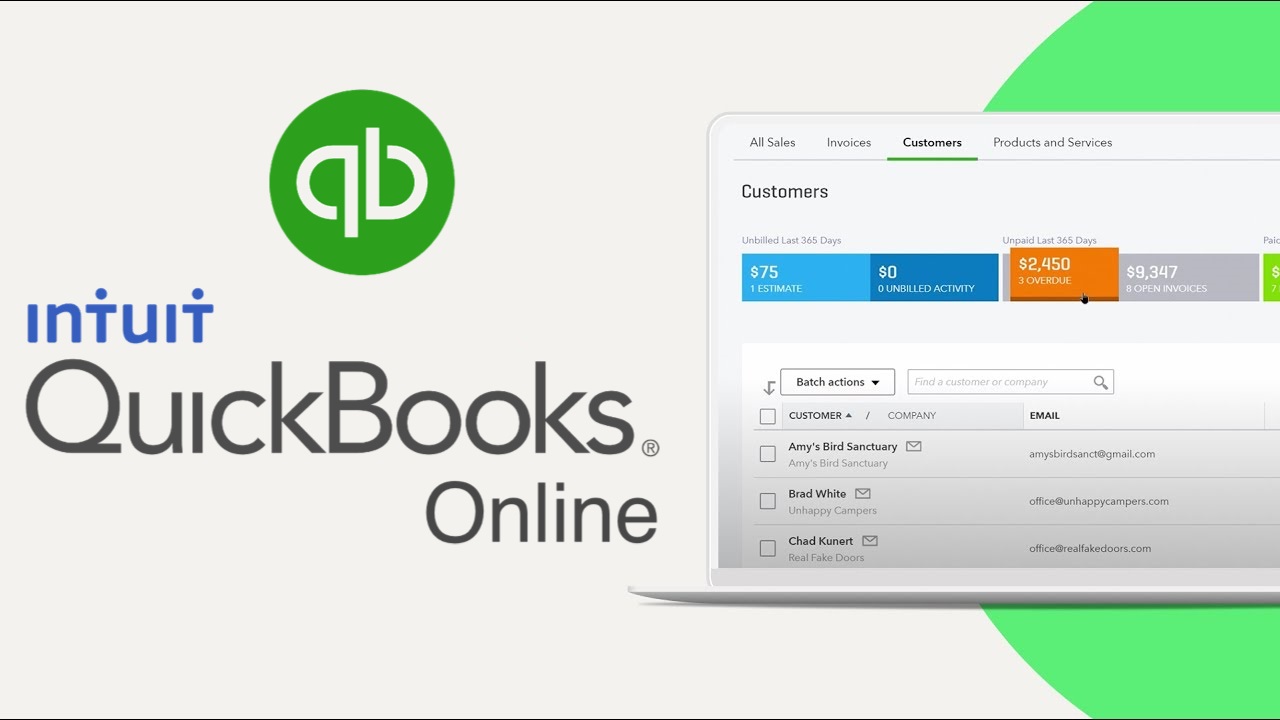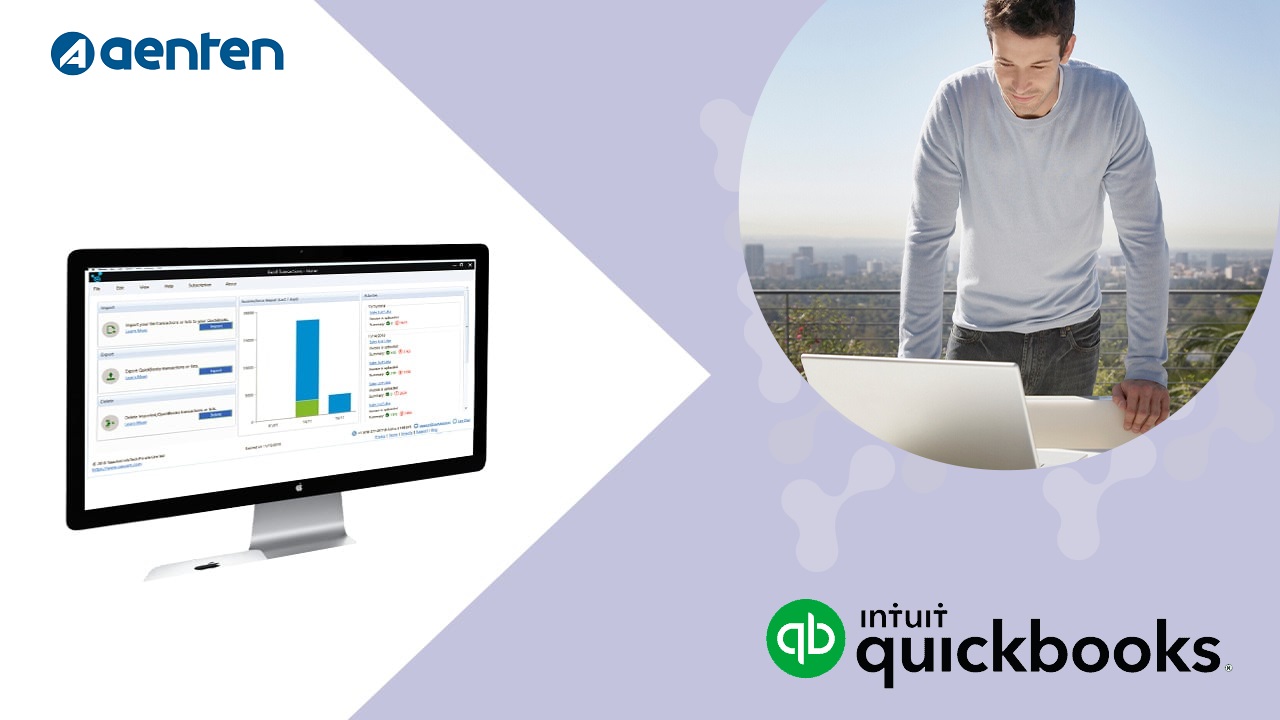As an S Corporation owner, you have the flexibility to pay yourself in a number of ways. Whether you choose to receive a salary, distribution, or a combination of both, it’s important to understand the tax implications of each option.

In this guide, we’ll take a deep dive into the various ways to pay yourself as an S Corporation owner and provide you with the information you need to make an informed decision.
What is an S Corporation?
Before we dive into the details of how to pay yourself as an S Corporation, let’s first define what an S Corporation is.
An S Corporation is a type of corporation that is recognized by the IRS as a pass-through entity for tax purposes. This means that the corporation itself does not pay federal income taxes on its profits. Instead, the profits and losses of the corporation “pass through” to its shareholders, who report them on their individual tax returns.
To qualify for S Corporation status, a corporation must meet certain requirements. For example, it must have no more than 100 shareholders, all of whom must be U.S. citizens or residents. Additionally, it can only have one class of stock.
Also Read : S Corporation Tax Return : How To Complete Form 1120s.
The advantage of S Corporation status is that it allows shareholders to avoid double taxation. With a C Corporation, profits are taxed at the corporate level, and then again when they are distributed to shareholders as dividends. With an S Corporation, profits are only taxed once, at the individual shareholder level.
How to Pay Yourself as an S Corporation Owner
Now that we’ve covered the basics of S Corporations, let’s explore the various ways you can pay yourself as an S Corporation owner.
- Salary
One option is to pay yourself a salary. This is the most common method of payment for S Corporation owners who are also employees of the company.
When you pay yourself a salary, you are treated as an employee for tax purposes. This means that you will receive a W-2 at the end of the year and will pay Social Security and Medicare taxes on your salary.
The advantage of paying yourself a salary is that it is a guaranteed payment. You will receive the same amount of money each pay period, regardless of how the company is doing financially.
The disadvantage of paying yourself a salary is that it is subject to payroll taxes. As an employer, you must pay your portion of Social Security and Medicare taxes, which is currently 7.65% of your salary, and your portion of federal and state unemployment taxes.
Additionally, the salary you pay yourself must be reasonable for the work you are doing. If you pay yourself an unreasonably low salary and take the rest of your income as distributions, the IRS may reclassify those distributions as salary and subject them to payroll taxes.
- Distribution
Another option is to pay yourself a distribution. A distribution is a payment of profits to shareholders, and it is not subject to payroll taxes.
When you take a distribution, you are not considered an employee for tax purposes. Instead, the distribution is treated as a return on your investment in the company.
The advantage of taking a distribution is that it is not subject to payroll taxes. You can take as much or as little as you want, depending on the financial needs of the company.
The disadvantage of taking a distribution is that it is not guaranteed. If the company is not doing well financially, there may not be any profits to distribute.
Additionally, the IRS requires that distributions be made in proportion to each shareholder’s ownership percentage. If you are the only shareholder of the company, this is not a concern.
- Combination of Salary and Distribution
A third option is to pay yourself a combination of salary and distribution. This is the most flexible option, as it allows you to take a guaranteed salary while also receiving distributions when the company is doing well financially.
When you pay yourself a combination of salary and distribution, you should keep in mind that the salary you pay yourself must still be reasonable for the work you are doing. The IRS may scrutinize this arrangement more closely to ensure that you are not trying to avoid payroll taxes by taking excessive distributions.
Additionally, you should be aware that taking too many distributions could put the company at risk. If the company does not have enough profits to cover its expenses, taking excessive distributions could lead to financial instability or even bankruptcy.
- Bonus
Another option is to pay yourself a bonus. A bonus is a one-time payment that is typically awarded for exceptional performance or achievement.
When you pay yourself a bonus, it is subject to payroll taxes. You will receive a W-2 at the end of the year and will pay Social Security and Medicare taxes on the bonus amount.
The advantage of paying yourself a bonus is that it is a way to reward yourself for exceptional performance or achievement. It can also be a way to reduce the company’s profits and therefore its tax liability.
The disadvantage of paying yourself a bonus is that it is subject to payroll taxes. Additionally, it is a one-time payment and does not provide the same level of financial stability as a regular salary.
- Reimbursement
Finally, you can pay yourself through reimbursement. This option is typically used for expenses that you have personally incurred on behalf of the company.
When you reimburse yourself, the payment is not subject to payroll taxes. However, you must keep accurate records of the expenses you are reimbursing yourself for, and the expenses must be legitimate business expenses.
The advantage of reimbursing yourself is that it allows you to recoup expenses that you have incurred on behalf of the company. Additionally, it is not subject to payroll taxes.
The disadvantage of reimbursing yourself is that it is not a regular payment and does not provide the same level of financial stability as a salary or distribution.
Tax Implications
Regardless of which payment method you choose, it’s important to understand the tax implications.
When you pay yourself a salary, you will pay Social Security and Medicare taxes on the amount of your salary. Additionally, the company will pay its portion of Social Security and Medicare taxes, as well as federal and state unemployment taxes.
When you take a distribution, it is not subject to payroll taxes. However, you will still pay income taxes on the distribution amount.
When you pay yourself a combination of salary and distribution, you will pay Social Security and Medicare taxes on the salary portion and income taxes on the distribution portion.
When you pay yourself a bonus, it is subject to payroll taxes. You will receive a W-2 at the end of the year and will pay Social Security and Medicare taxes on the bonus amount.
When you reimburse yourself, the payment is not subject to payroll taxes. However, you will still need to pay income taxes on any reimbursed expenses that are not legitimate business expenses.
Read Also : What Is the Employee Retention Tax Credit and Who Can Apply for It?
Conclusion
As an S Corporation owner, you have several options for paying yourself, including salary, distribution, a combination of both, bonus, and reimbursement. Each option has its own advantages and disadvantages, and it’s important to understand the tax implications of each method.
When deciding how to pay yourself, it’s important to consider your financial needs, the financial needs of the company, and the tax implications. Additionally, you should consult with a tax professional to ensure that you are complying with all IRS regulations and maximizing your tax savings.
